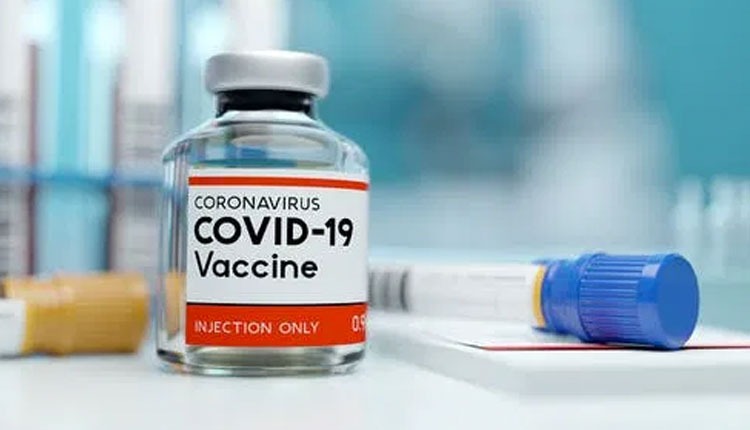On Tuesday, the Centre spelled out the mechanics being put in place across the nation that will allow the roll-out of the world’s largest Covid-19 vaccination drive within the next week, which will use a repurposed version of the current vaccine delivery network at national, state, district, and local levels.
While negotiations are in the final phases with companies to sign vaccine purchase deals, the Center’s preparations for the deployment and distribution management of vaccines drive are in its advanced phases to vaccinate more than 300 million people in the first phase, said Union Secretary of Health and Family Welfare, Rajesh Bhushan, during Tuesday’s weekly media briefing on Covid-19 updates.
“We are confident that we are prepared to roll out the vaccination program within 10 days after two vaccines have been granted emergency use authorization,” Bhushan added.
On Sunday, the Drugs Controller General of India declared the approval of emergency use for two vaccines, Covishield the Oxford University-AstraZeneca vaccine created by the Serum Institute of India (SII) in India, and the locally developed vaccine candidate, Covaxin from Bharat Biotech International Limited.
Explaining the logistics, Bhushan said that the Centre is using the current Co-WIN digital vaccine distribution management system, which has been upgraded under the annual Universal Immunisation Programme from its existing framework.
A few of the features of CO-WIN:
-It's a public health good, made in India for the world
-It has chat bot which will work on voice pattern recognition
-24*7 helpline to address technical and other issues
: Secretary, @MoHFW_INDIA pic.twitter.com/zVUSIsvint— #IndiaFightsCorona (@COVIDNewsByMIB) January 5, 2021
With the transport of the doses from the manufacturing facility, the Co-WIN vaccine delivery management system kicks off. The vaccines are transferred from the factory to the local health care facility in the first segment. The second part deals with the identification, registration of citizens, and the administration of doses, while the final part deals with patient follow-up and adverse effects if any.
“In the first step, manufacturers will transport the vaccines by air to the primary vaccine stores run by the Union Ministry of Health, known as the Government Medical Stores Depot (GMSD),” Bhushan said.
In the country, there are currently four such depots, one each in Karnal, Mumbai, Chennai, and Kolkata. Supplies will be transported from these depots in refrigerated or insulated vans to 37 state vaccine stores spread across different states.”From there on, it is the responsibility of either state governments or the administration of the Union Territory to further deploy the stock as required by them. The supplies will be sent from the state stores to the district vaccine stores, which is also a temperature-controlled facility,” he said.
In real-time, this entire process, both storage, and transport will be digitally monitored.
The selection and registration of vaccine candidates as well as the administration of the shot will be discussed in the second part of the drive. He said that health care and frontline employees would not be forced to register themselves as their data, collected from their respective organizations, offices, has already been fed into the system and populated on Co-WIN.
At-risk population priority groups are eligible to register on the app-persons over 50 years of age and those under 50 years of age with co-morbidities.
Although individuals over the age of 50 will be classified on the basis of electoral rolls, data will be collected for those under the age of 50 with comorbidities on the basis of an inclusion method that will grade diseases with Covid that could be more lethal. Bhushan said that this system is being developed by an expert panel that is expected to release the exact selection method in “one or two days.”
In the third and final part of the process, officials will be able to follow up with the recipients after immunization. In the app, the entire process will be recorded and captured digitally.
“There is also documentation of any adverse event in real-time after immunization…” Bhushan said.

